Do you need to take any notice of colour trends and who sets them anyhow!
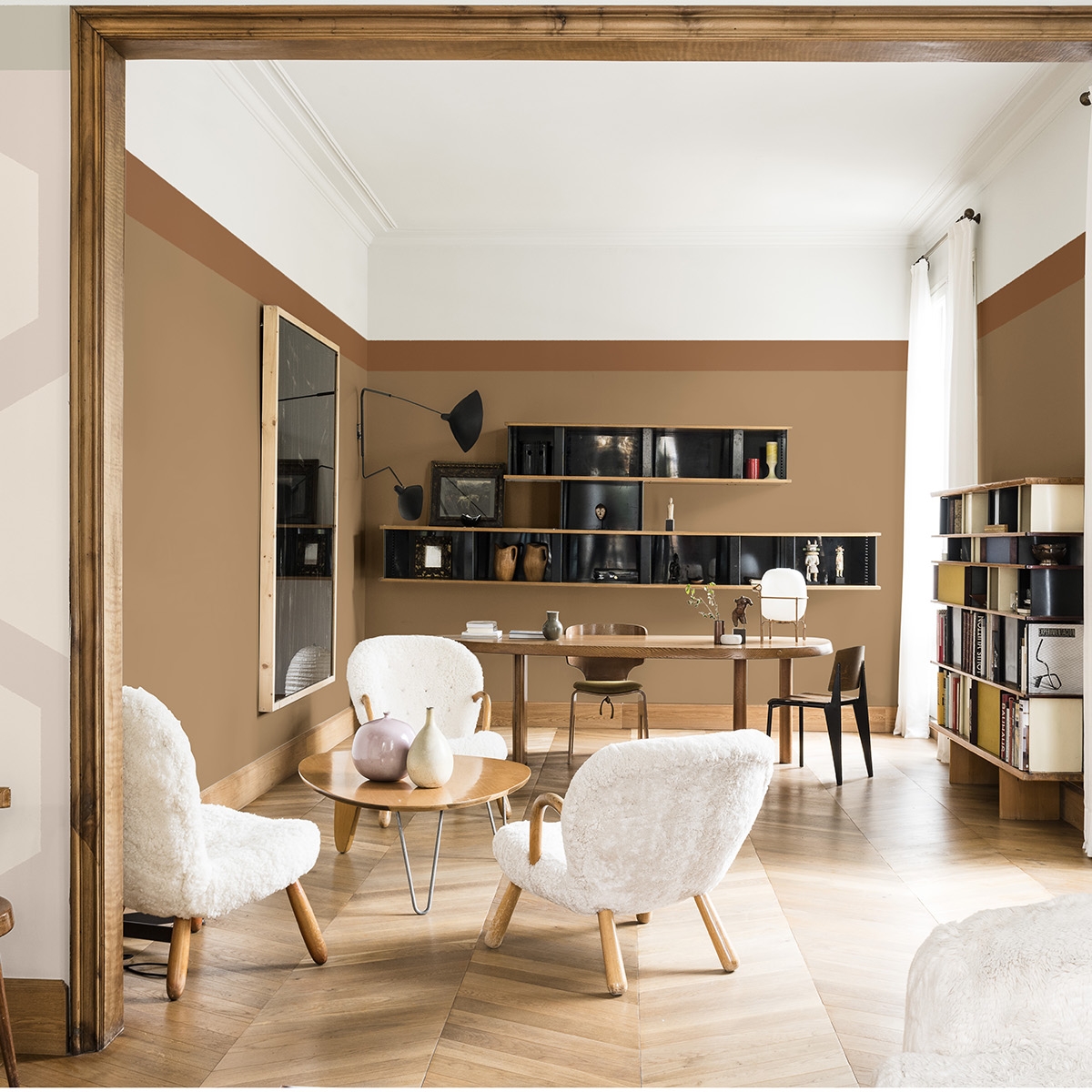
“Every year colour companies jostle for headlines with pronouncements on their ‘Colour of the Year’, magazines and forecasters publish and post annual trend reports, and many a declaration is made for what will be in, or out, for our homes in the year ahead. But where do such trends start? How can you tell truth from hyperbole? Or is it all marketing claptrap pushing paint and products you don’t need?”
A couple of weeks ago I attended a fascinating talk, hosted by Michelle Ogundehin, ex-editor in chief of Elle Decoration and my fellow panellist was Marianne Shillingford who is the Creative Director of Dulux. The evening was organised by Soho Home at the stunning Soho White City in London. High priestesses of design indeed, we three spent a fascinating hour discussing interior design Colour trends and the yearly reports that companies like Dulux and Pantone produce. Trend forecasters nominate a single colour as a reflection of the zeitgeist, which then goes on to affect the choices the design industry make, and therefore our purchases and the way we decorate our homes. As designers who work with colour all the time, Michelle was looking for our opinions on and around the topic. Do we actually need to take any notice and more pessimistically, is it all just a marketing ploy? So as you can imagine Marianne, who is at the heart of the decisions that Dulux a global colour powerhouse has to say when pushing the paint colours that get rolled out on our walls, had plenty to say! But in a nutshell Marianne comments…
“I have the view that colour trends are a tool for creativity. The amount of research we do into finding colour palettes that tell a richer story of the world we live in that resonates with a global audience – is unrivalled in the world of paint which is a huge element of design in the built environment both inside and out.”
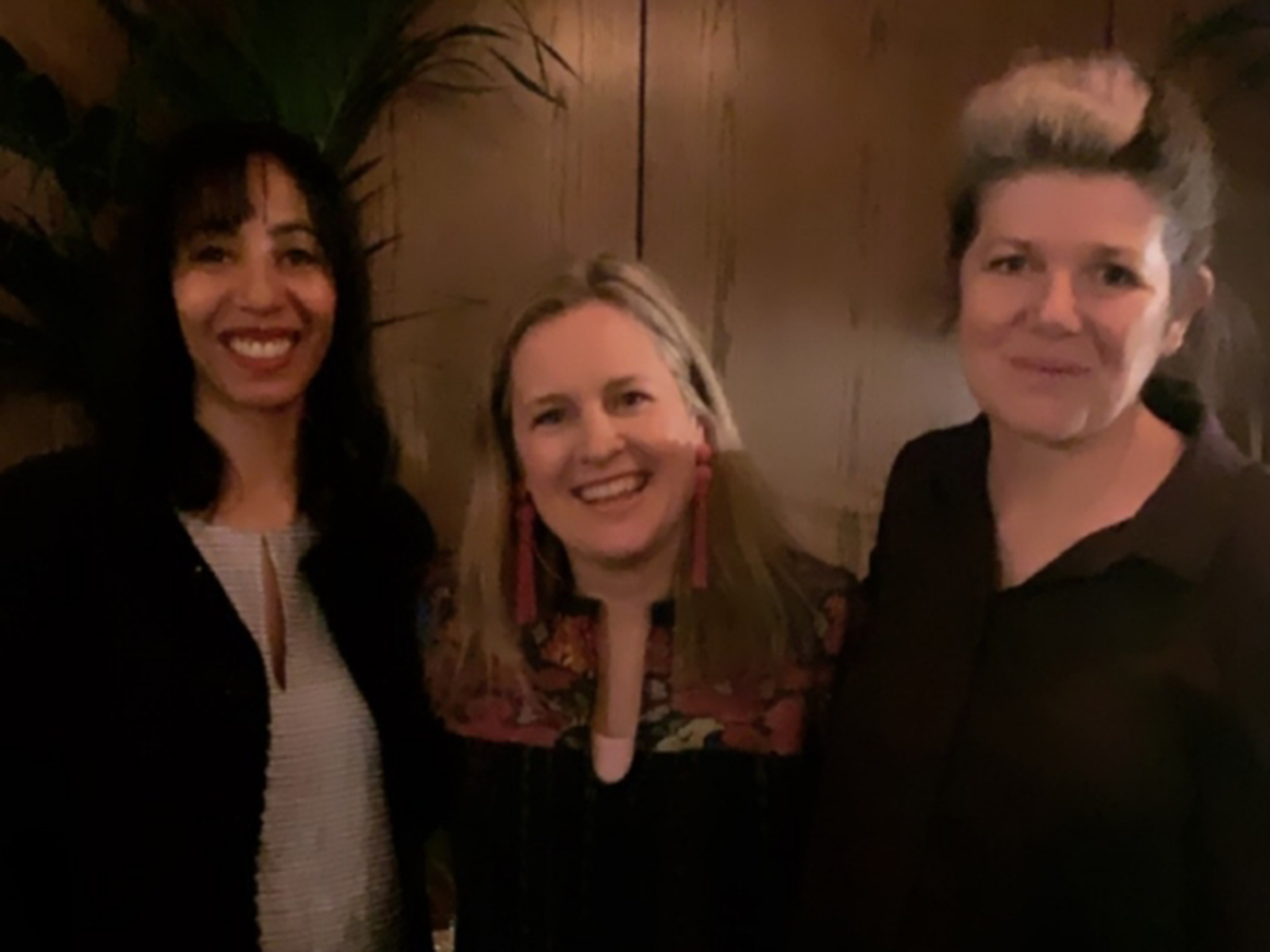
The moody interior of Soho house white city made Michelle, myself and Marianne look uncharacteristically lacking in colour!
So do we really buy into colours depending on what social, economic and political vibes are going down? The facts speak for themselves. Dulux, one of the world’s biggest and long-standing paint brands is privy to our purchasing trends over some 30 years. One thing they see over and over again is that bolder, brighter colours being a more popular choice with consumers in times of unrest. So Marianne assured me we can expect to see people choosing bolder more uplifting colours for their decor, in a time of political and economic turbulence. With this knowledge brands like Dulux instinctively know what colours to push. And for the record, their colour for 2019, Spiced Honey, is selling well.

Spiced Honey by Dulux certainly split opinions!
Spiced honey is billed as “all about awakening, kindness, resilience and optimism” and inspired by “the varied tones and remarkable properties of honey — natural, timeless and enduring, protective, rejuvenating and healing.” Dulux felt that the world needed a great big warm honey coloured cuddle to balance out the tetchy feeling of unease. My own feeling was Spiced honey was a bit, er, brown! Not a colour I personally find uplifting or optimistic, in fact, I’d go so far to say it positively puts me on a downer. Michelle agrees, that this colour isn’t giving her the feels either. She’s more moved to optimism by a punchy mustard, (which is a colour we are seeing everywhere in design right now, so she’s on the money). My go-to happy colour is more of a zesty lemon yellow but if I were channelling uplifting, rejuvenating and healing, I’d be flicking through the greens. So already three of us in the room have very different personal reactions to the mood and feeling that a colour creates.
My opinion on Colour trends is that I only ever really get excited about them when they play into my own personal taste and colour palette. And I think this is how it should be, as it seems madness that some creative body, completely removed, from your own personal experience should dictate our tastes. How can one colour fit all? For example, when Pantone declared Living Coral the colour for 2019, I squealed with delight, as this peppy bright hue would look perfect in my home, in my wardrobe and just generally makes me feel happy. It’s intensity and vibrancy really appeals to my own fun loving sensibilities, so much show that I proved myself ahead of the curve when I designed my bed linen range for Secret Linen store last year.

The Hot coral pom pom bedlinen collection I designed for Secret Linen Store
But it literally made some peoples toes curl. “Living Coral is loud and strident, recalling cheap toilet roll colours and the sort of bridesmaids dresses that people refer to as meringues” quipped Michelle. She was so enraged she took to pen and paper in order to highlight the inappropriateness of a trend that purports positivity and optimism, with the label ‘Living Coral’, when in fact many of the oceans coral reefs are white and dying at an alarming rate. You can read her excellent pithy piece in Dezeen here, and she has a point. She certainly popped my balloon!
Michelle comments:
“I feel colour companies have an enormous opportunity to use their great might for good; to really help people understand the very real power of colour and it’s potentially transformative effect on the mind and body. And while some certainly do, I’m always terribly disappointed by those that I feel misread the zeitgeist, and to my perception, just use their annual Colour of the Year push as a giant marketing ploy to shift stuff that no-body needs or wants. It’s a huge missed opportunity to help people feel #happyinside.”
I generally find the reasoning of the colour trends fascinating but my view is they are more of a valuable steer for the industry. Trend forecasts are bought into by brands and designers to help them find clarity when producing a collection. For example, when I go to large trade shows like Maison and Objet I see very clear colour trends across the hall and it helps give the whole design arena cohesiveness. It helps buyers add to their collections that are then served up to us the consumer with visual clarity. And all they want to do is try and predict what mood we are going to be in and what we are likely to be drawn to. But this all feels a little binary to me and trends certainly don’t steer how I approach a room design.
Rather than thinking about what colour is in fashion, I like to think about how I want the room to feel and what colour is going to best achieve the mood, look and play to the light. I use colour psychology too to in order to work out what colour palette will suit the feeling of the room or the person living there. However, trends affect what we see on the high street, inside the magazines and on social media so maybe we can’t help but be swayed. I’ve recently painted my living room pale pink, a colour I doubt I would have considered a few years ago. However, after years of blush pink being in fashion and so visible in the media the drip drip drip has finally precipitated to make me view it almost as a neutral rather than the shock horror colour that my husbands sees it as!
While Spiced honey just doesn’t sit with my own personal palette I can see when you start sitting it next to putty pinks and sombre navys it starts to look more interesting. And that’s the other misnomer about trends. Colour doesn’t stand alone, but alongside other colours to make up the full orchestra. Depending on what these other colours really change the tune. If Spiced honey had been sat next to the usual subjects like terracotta, brick, turmeric, it would have appeared old hat but by Dulux combining it with the unexpected it feels new and interesting and this is a great reminder to continue to feel playful with colour, until you find a palette that makes you go ‘Yes!’.
So how to colour trends affect you? The industries paint brands, retailers, print designers and stylists will be using them and I’m already seeing them coming through in the press packs. But ultimately it’s up to you is to decide if you buy into the look. When designing your own home, or a room for your client, I believe it’s important to cut through the trends and design something that’s authentic and individual to you. But it’s not that easy!
Cutting through the colour overwhelm is the main reason I masterminded my Ban the Beige workshop, next one hosted on June 13th in Brighton. I come to it with the prime intention of helping you find your own unique colour palette that really resonates with you and works for your home. It’s important to explore your own personal relationship with colour. It really is the most powerful tool you have in order to create a happy home so my message is, don’t listen to the trends, listen to your gut!
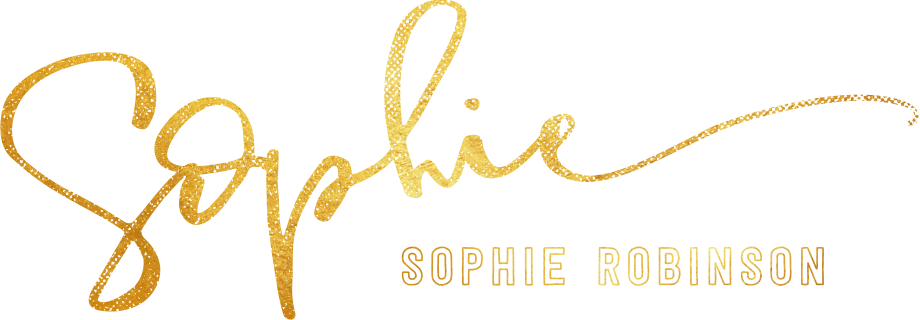

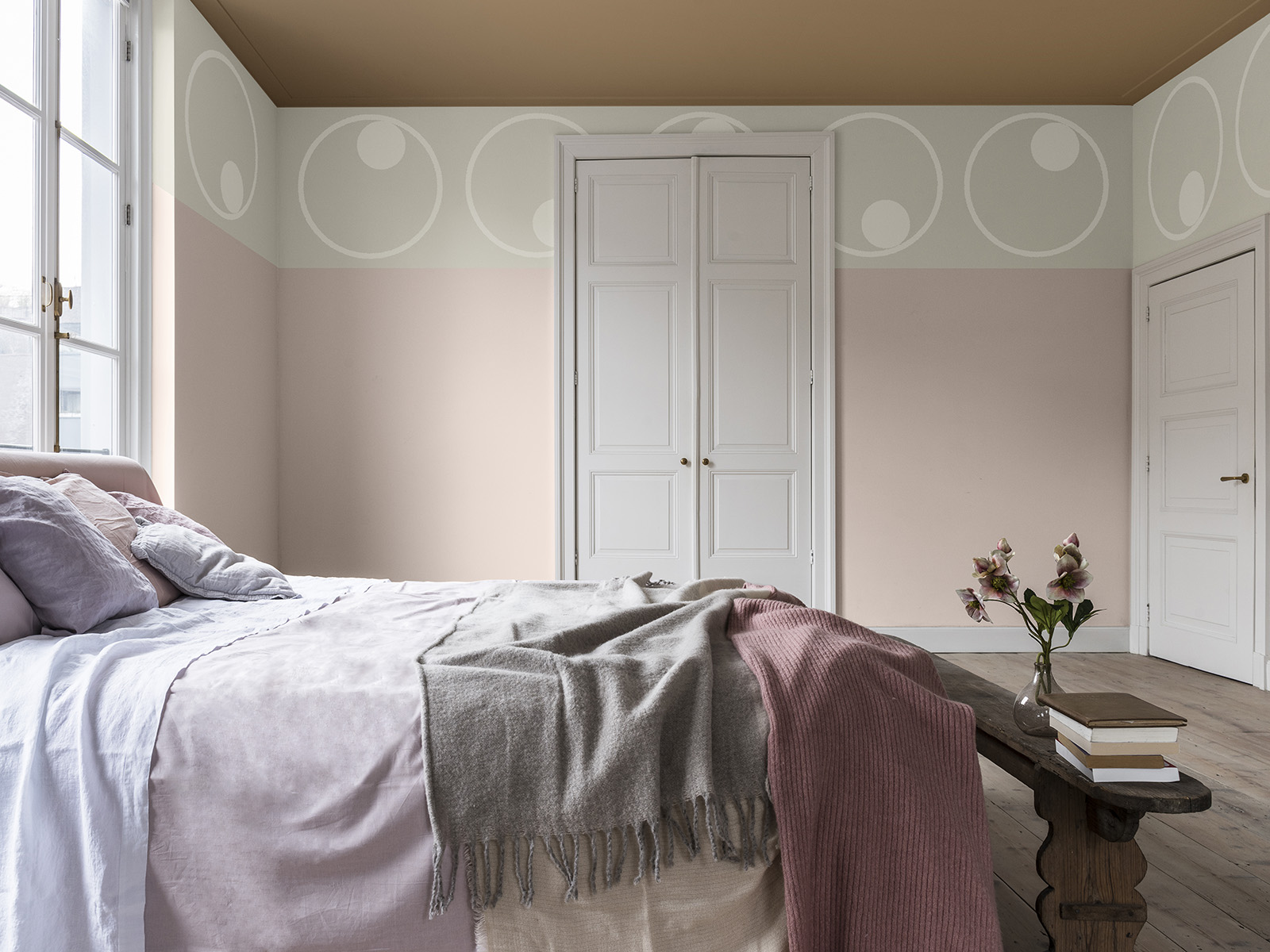

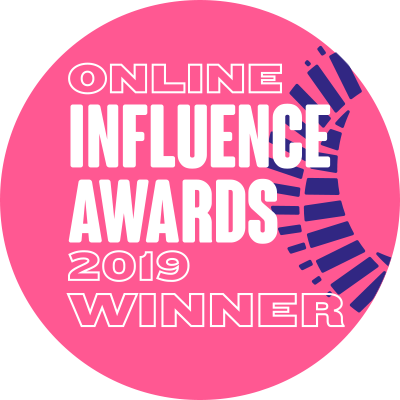
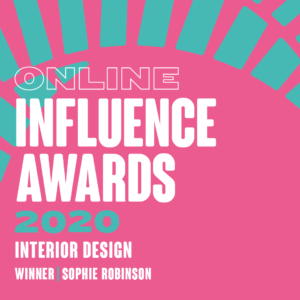
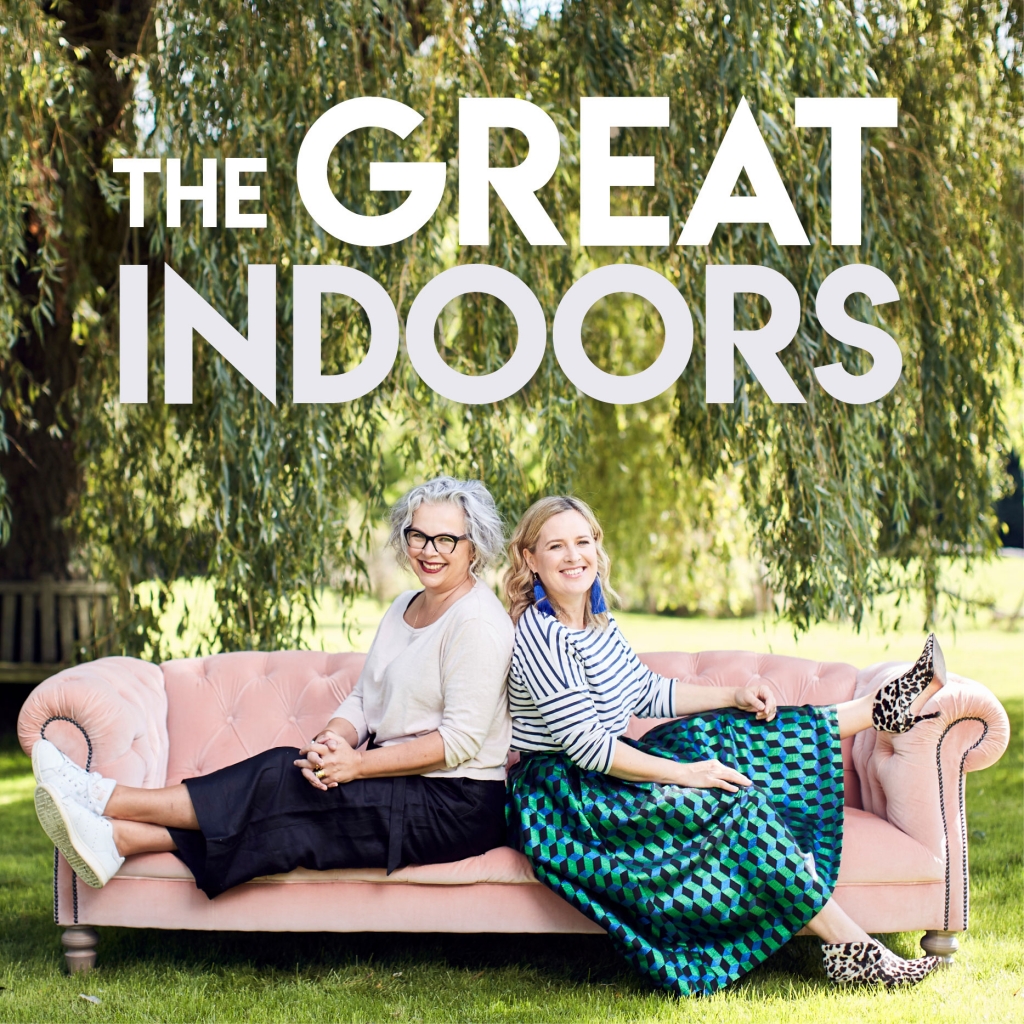
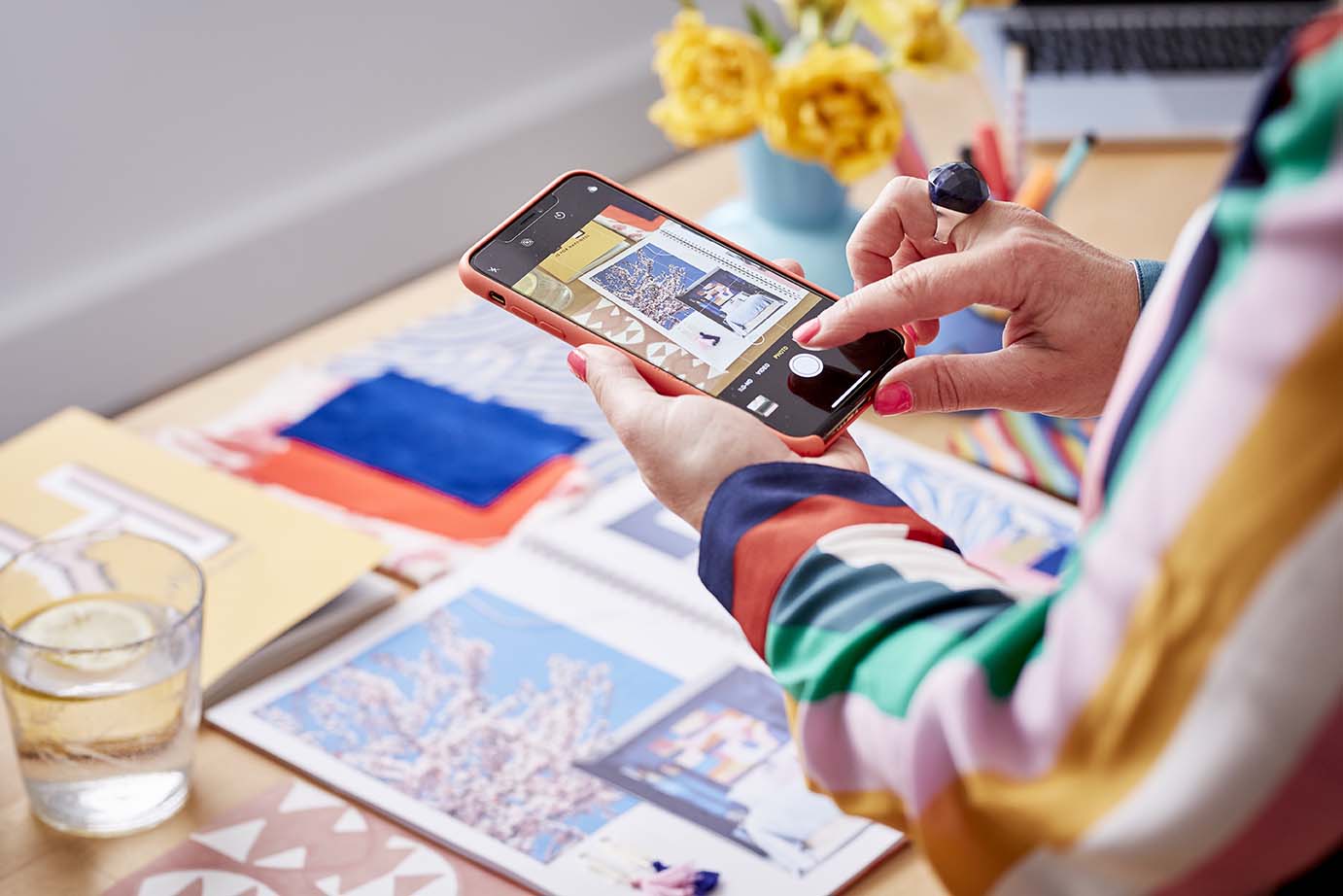





 proof that your landing de
proof that your landing de

